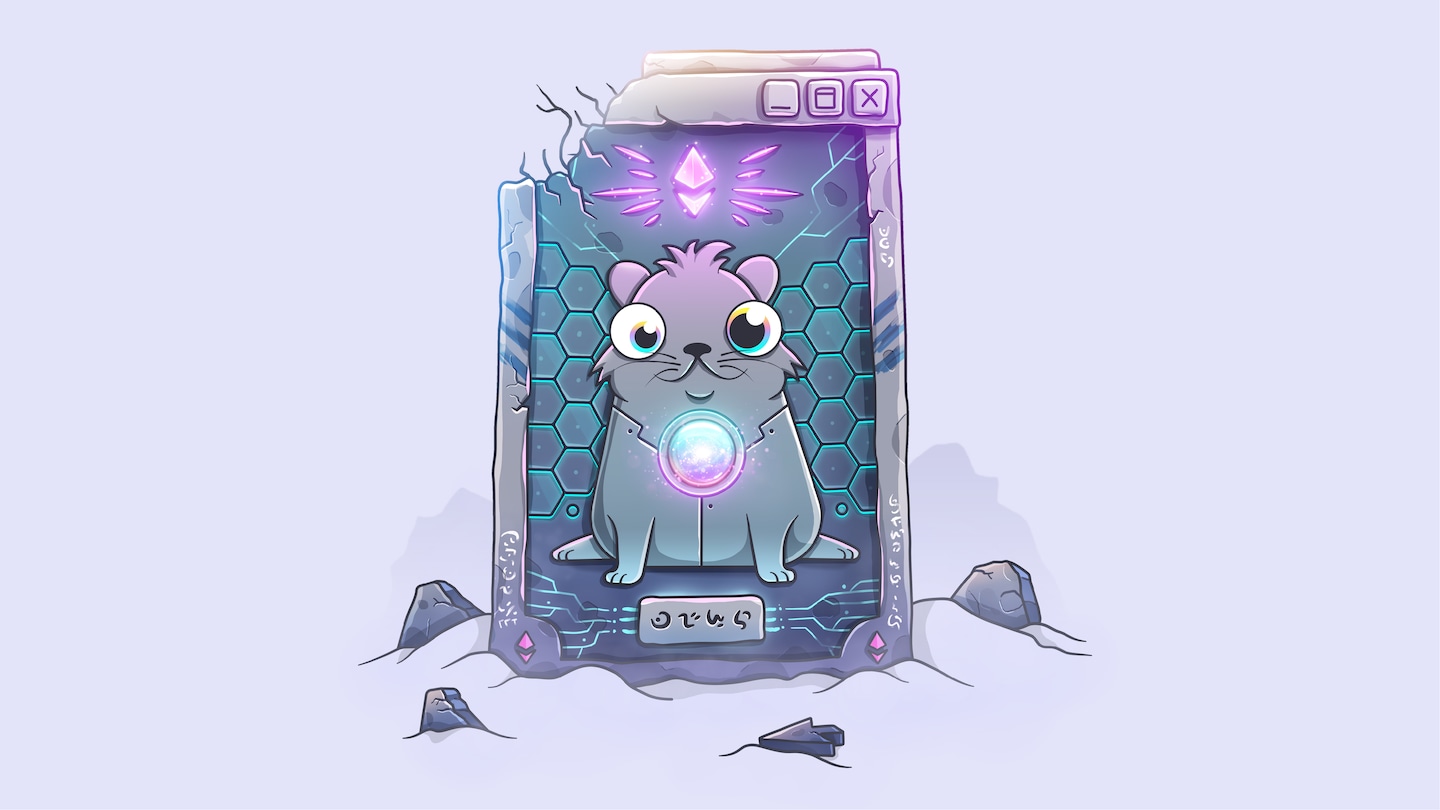
NFT prices drop, leaving buyers to just love the art – The Washington Post
The price didn’t phase him because of a special detail: The cartoon, part of collection of cat images called CryptoKitties, is a non-fungible token, or NFT. NFTs are like Internet land deeds, letting owners lay claim to digital art, music and photographs. By certifying the asset on a digital ledger, called the blockchain, NFTs have transformed online art, turning images into coveted assets that can be owned and that presumably rise in value.
Around the time of his purchase, the market for NFTs was red-hot. Celebrities minted their own, Adidas partnered with prominent collectors, and Hart was part of a throng paying thousands — and in some cases millions — to scoop up their own digital art.
But with the crypto market cratering by $500 billion in recent weeks, the hype over NFTs has cooled. And while Hart, who goes by NateAlex on Twitter and is a cryptocurrency investor, is unlikely to sell, he knows that if he puts it on the market today, it would probably sell low. His cat picture isn’t from a sought-after collection, he said, like the colorful apes known as the Bored Ape Yacht Club or the pixelated people known as CryptoPunks.
Over the past three years, NFTs have generated significant excitement because proponents say they solve tricky problems. Digital images, once viewed as worthless because they could be easily copied, could now be owned and assigned monetary value. Collectible art, long seen as exclusive to high society, could now exist on decentralized, community-run networks, making them more appealing to a new generation.
Recently, high-profile hiccups have also deflated investors. In late April, the company behind the Bored Ape Yacht Club, Yuga Labs, auctioned off millions in tokens offering land in a metaverse project they started. Its popularity caused the digital ledger it was being transacted on to nearly shut down. Trading volume also caused transaction fees to rise higher than the actual NFT price in some cases, news reports indicate.
Transactions since last summer have come in “fits and starts,” according to a report from Chainalysis, with two spikes probably driving most activity: The late-August release of digital tokens from the Mutant Ape Yacht Club, a different collection of images of apes with colorful disfigurations, and a period between January to early February this year were probably driven by the launch of a new NFT marketplace, LooksRare.
Since then, transactions have declined significantly, the report found, dropping from $3.9 billion the week of Feb. 13 to $964 million the week of March 13, with increases recently coming from the Bored Ape Yacht Club’s project to sell land in the metaverse, which garnered $320 million in sales over two weeks ago.
Ethan McMahon, an economist for Chainalysis, said this indicates that the NFT market is starting to consolidate, with few companies holding a growing market share. NFTs generated by lesser-known companies and without celebrity appeal are beginning to lose traction. Those generated by high-end collections — known as blue chips — such as the Bored Ape Yacht Club and CryptoPunks, will probably retain value with their mass appeal, financial backing, partnerships with mainstream brands like Adidas and collaborations with celebrities.
In recent days, multiple crypto experts have also noted that the precipitous drop in cryptocurrency has caused the market for high-end NFTs — ones that sell for thousands or even millions — to stall. Fewer bitcoin millionaires, they said, means less spending on luxury purchases like high-priced NFTs.
David Hsiao, the chief executive of the crypto magazine Block Journal, said he sold off his entire NFT collection over two weeks ago for a profit of around $165,000. That included his prized picture of an ape with a lazy stare, glasses, collared shirt and green vest — part of the Bored Ape Yacht Club collection — that he had purchased for roughly $210,000 in October. He said the market for digital assets looks bleak in the days ahead, and he wanted to limit the damage by selling now.
Hsiao added that he expects the NFT market to suffer because of the declining price of cryptocurrency, along with other conditions like inflation, the prospect of rising interest rates, the pandemic and Russia’s war in Ukraine. After selling his NFTs, he converted his proceeds to USD Coin, a cryptocurrency pegged to the U.S. dollar.
Deepak Thapliyal, the chief executive of the cryptocurrency company Chain, who purchased a rare NFT of a pixelated alien in February for $23.7 million, isn’t afraid. “My decision to purchase a rare Alien Crypto Punk remains the same as it is today,” he said in a statement to The Washington Post. “It is a rare piece of digital art which will have a lifetime of value to the beholder.”
Nowadays, they probably have very little value, he said. But Chaparro added that he isn’t worried because what drove him to purchase these NFTs wasn’t a desire to make money, but an attraction to the characteristics of the image and the community they created.
This content was originally published here.


